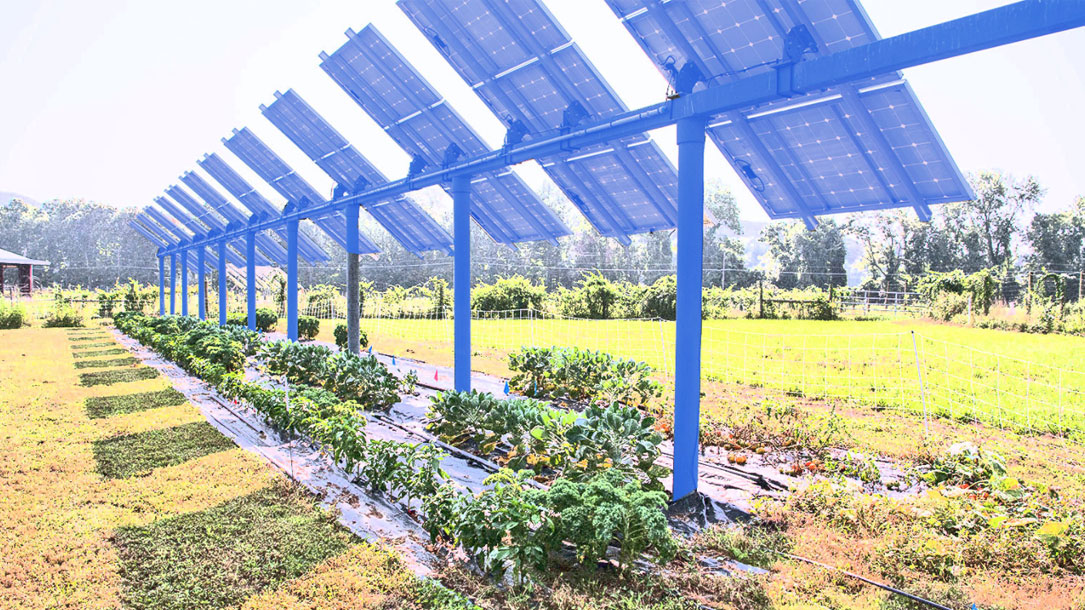
Cash-strapped farms are growing a new crop: solar panels
Construction is slated to begin this spring on a 1.2-megawatt solar array on the Kominek farm (in Colorado). Some 3,300 solar panels will rest on 6-foot and 8-foot-high stilts, providing shade for crops like tomatoes, peppers, kale, and beans on a five-acre plot. Pasture grasses and beehive boxes are planned for the perimeter…
The vegetables will be sold through a community farm-share program, which allows neighbors to invest in the project in exchange for boxes of produce.
Byron Kominek said he hopes similar projects will soon follow. In 2018, Boulder County officials updated the local land-use codes to allow for community solar on land otherwise designated for agriculture, and Kominek plans to help train other farmers how to grow crops alongside solar panels. “The hope is that young farmers will have a better understanding of how to do this, and will go out to already built solar arrays, or planned solar arrays, and find a new profession,” he said.

Farms and Land in Farms 2018 Summary (April 2019)
“The number of farms in the United States for 2018 is estimated at 2,029,200, down 12,800 farms from 2017. Total land in farms, at 899,500,000 acres, decreased 870,000 acres from 2017. The average farm size for 2018 is 443 acres, up 2 acres from the previous year.
Farm numbers and land in farms are differentiated by six economic sales classes. Farms and ranches are classified into these six sales classes by summing the sales of agricultural products and government program payments. Sales class breaks occur at $10,000, $100,000, $250,000, $500,000, and $1,000,000. Producers were asked during the 2018 mid-year surveys to report the value of sales based on production during the 2017 calendar year…”
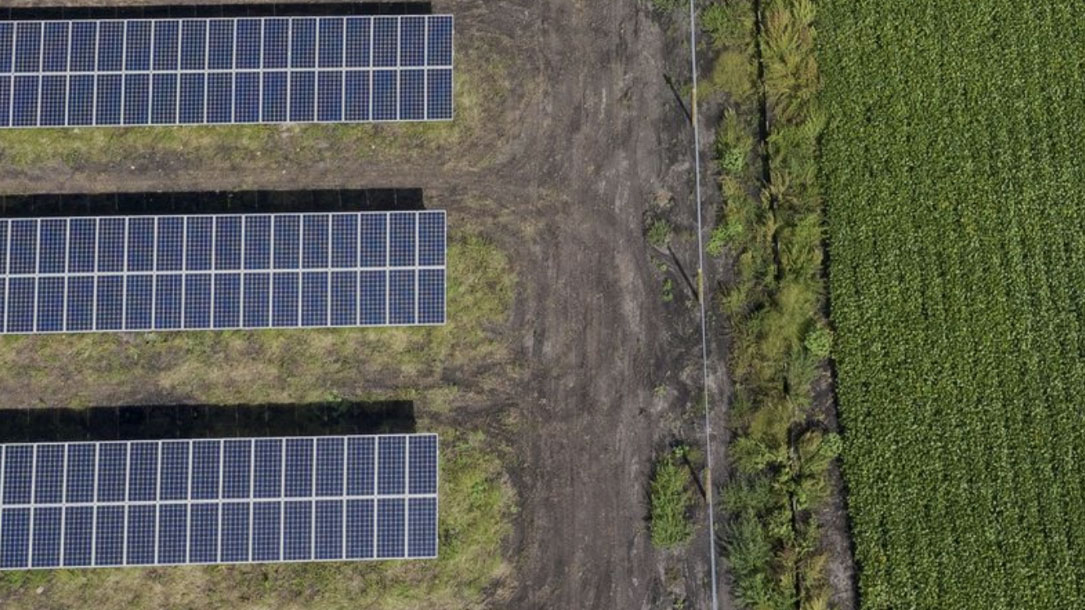
Struggling Farmers See Bright Spot in Solar
“U.S. farmers are embracing an alternative means of turning sunlight into revenue during a sharp downturn in crop prices: solar power.
Solar panels are being installed across the Farm Belt for personal and external use on land where growers are struggling to make ends meet. The tit-for-tat tariffs applied by the U.S. and China to each other’s goods have cut demand for American crops. Futures prices for corn, soybeans and wheat are all trading around their lowest levels since 2010. Making matters worse, record spring rainfall…”
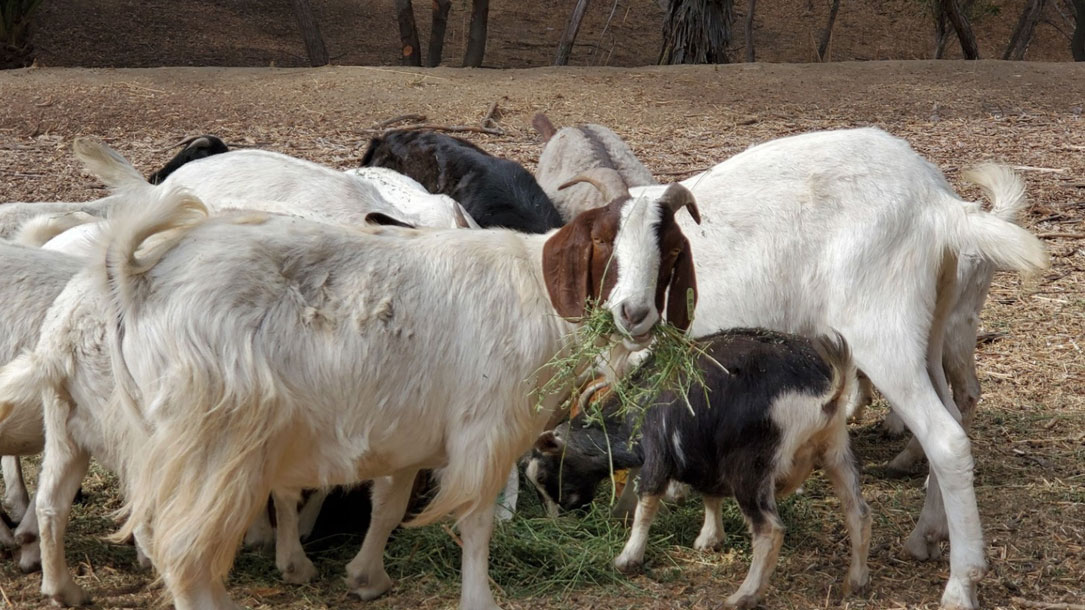
California Cities Turn To Hired Hooves To Help Prevent Massive Wildfires
“California has gone through several difficult fire seasons in recent years. Now, some cities are investing in unconventional fire prevention methods, including goats.
Anaheim, a city southeast of Los Angeles, has recently re-upped its contract with the company Environmental Land Management to keep goats grazing on city hillsides nearly year-round.
The goats are stationed in places like Deer Canyon Park, a nature preserve with more than a hundred acres of steep hills. Beginning in July, roughly 400 goats worked through the park, eating invasive grasses and dried brush…”
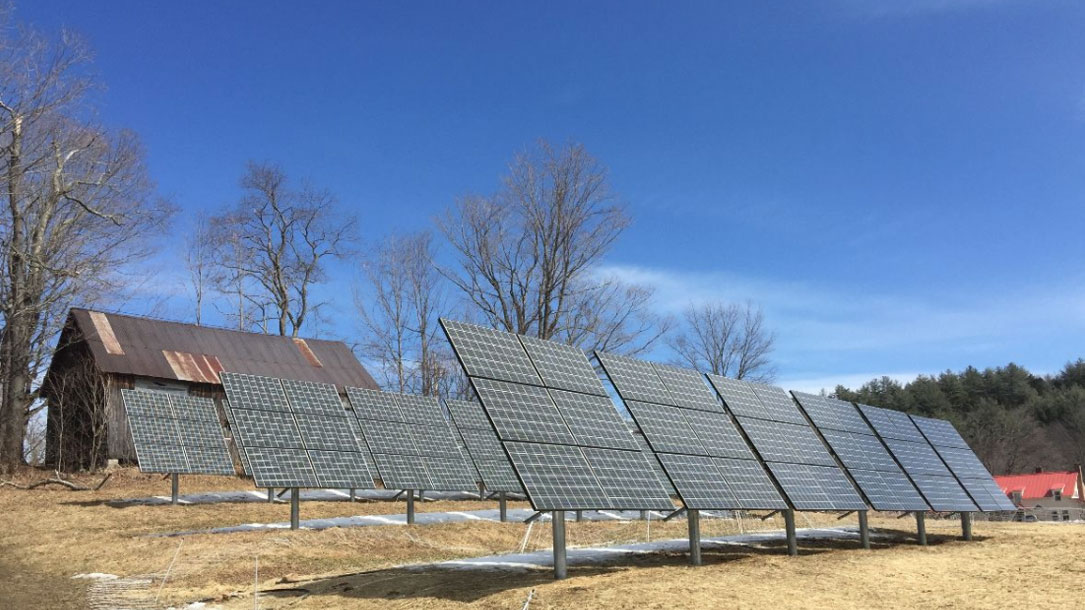
What businesses [including land trusts] should know about the evolution of rural solar
Solar projects certainly are growing rapidly throughout the United States, with total installed capacity just shy of 70 gigawatts and a contracted pipeline of 27.9 GW, according to SEIA. A recent Wall Street Journal analysis of EIA data reported that solar projects occupied 258,000 acres in 2018, while NREL estimates that solar will occupy 3 million acres by 2030.
That may be a small fraction of the nearly 900 million acres of farmland in the United States (PDF), but it’s enough to make agricultural communities apprehensive about the advance of solar onto previously pastoral land. While landowning farmers are grateful for the steady income that comes from leasing to solar projects, others in rural areas—including many state agricultural departments—are still grappling with what the growth of solar will mean for their concept of rural land and role as agricultural boosters…
And with wind and solar cropping up in more rural communities, the bar is being set higher. “The future for renewable energy has to include a sustainable land use component,” Hoosier Energy’s Cisney said. In leveraging new partnerships and co-location opportunities among developers, farmers and local communities, rural America has the potential to assume a more active leadership role in cooperatively advancing the clean energy transition…

Young California ranchers are finding new ways to raise livestock and improve the land
These first-generation ranchers are young, often female and ethnically diverse. Rather than raising beef cattle destined for feedlots, many are managing small grazing animals like sheep and goats. And they are experimenting with grazing practices that can reduce fire risk on hard-to-reach landscapes, restore biodiversity and make it possible to make a living from the land in one of the most expensive states in the country.
Our research focuses on food systems, rangelands and livestock production. In our recent work, we found new ranchers in California using innovative strategies that they believe can mitigate fire risk to communities and improve soil through grazing.
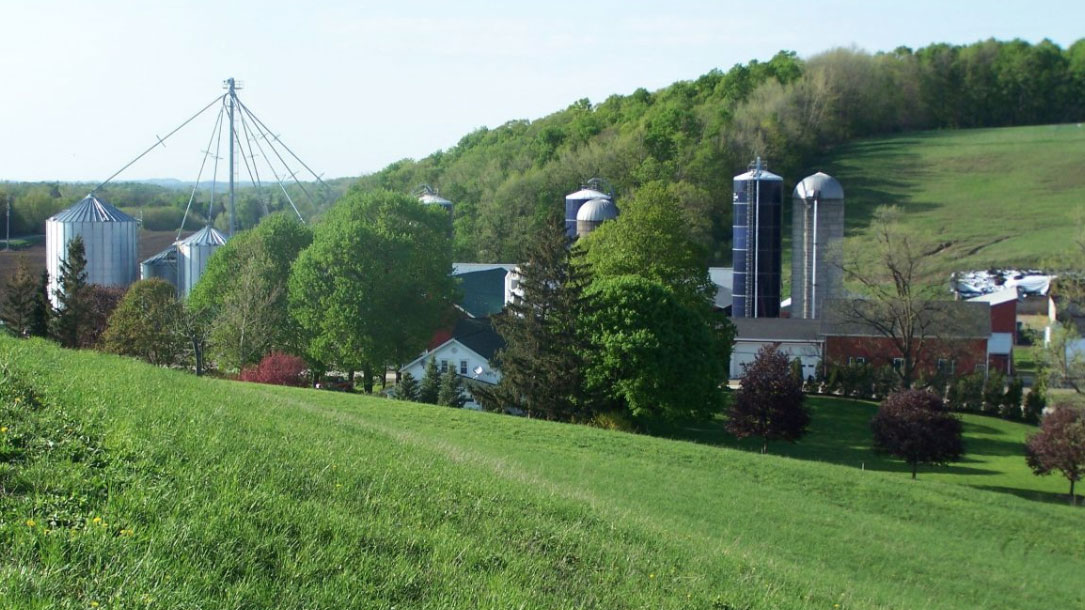
Startups aim to pay farmers to bury carbon pollution in soil
Last summer, Boston-based Indigo Agriculture made headlines in business media with the announcement of its Terraton Initiative, which aims to pay growers to sequester one trillion tons of carbon dioxide.
Although Indigo is involved in a range of farm-related activities, from microbial seed treatments to agronomy (expert farm consulting, essentially) and crop transportation, soil carbon is a major focus. The company has promised that farmers who signed up for its carbon program before the end of 2019 will receive at least $15 per metric ton sequestered. Payments will be financed partly through the sale of offsets, which go for $20 per ton. As of late January, growers had committed more than 17 million acres to the program, according to Indigo’s website…

New Study Reveals Natural Solutions Can Reduce Global Warming
Restoring the United States’ lands and coastal wetlands could have a much bigger role in reducing global warming than previously thought, according to the most comprehensive national assessment to date of how greenhouse gas emissions can be reduced and stored in forests, farmland, grasslands and wetlands.
The peer-reviewed study in Science Advances from The Nature Conservancy and 21 institutional partners found that nature’s contribution could equal 21% of the nation’s current net annual emissions, by adjusting 21 natural management practices to increase carbon storage and avoid greenhouse emissions. The study is the first to include the climate benefits of coastal wetlands and grasslands in a comprehensive mix along with forests and agriculture.
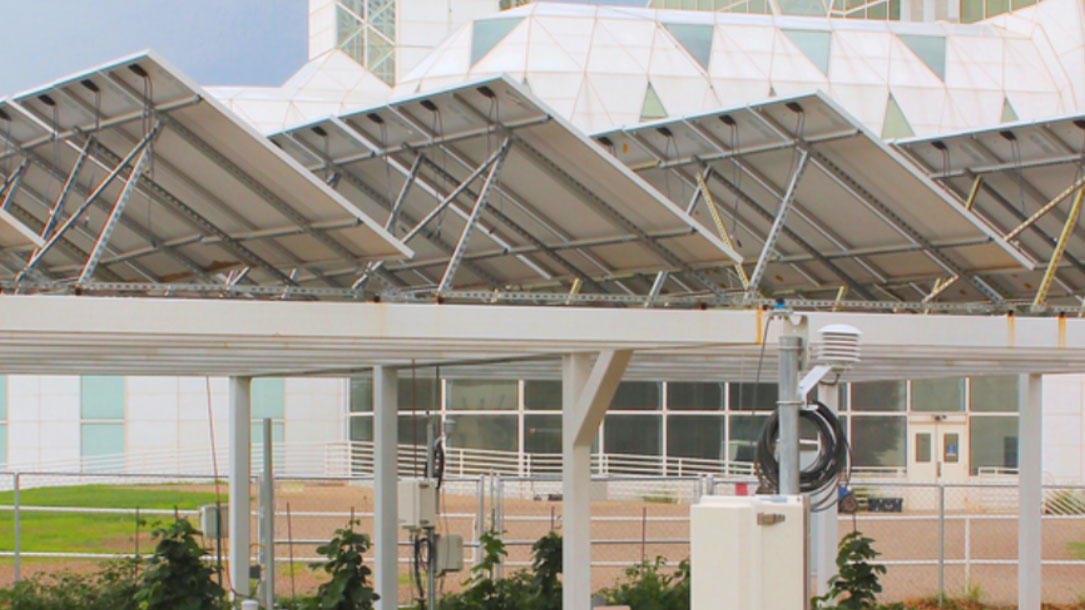
Agrivoltaics: Solar panels on farms could be a win-win
The solar panels in the fields at the University of Massachusetts Crop Research and Education Center don’t look like what most of us have come to expect. Instead of hunkering close to the earth, they’re mounted seven feet off the ground, with ample room for farmers or cows to wander underneath.
Panels are separated by two and three-foot gaps, instead of clustering tightly together. Light streams through these spaces and, underneath, rows of leafy kale and Brussels sprouts replace the typical bare earth or grass…

Grasslands More Reliable Carbon Sink Than Trees
“Forests have long served as a critical carbon sink, consuming about a quarter of the carbon dioxide pollution produced by humans worldwide. But decades of fire suppression, warming temperatures and drought have increased wildfire risks — turning California’s forests from carbon sinks to carbon sources.
A study from the University of California, Davis, found that grasslands and rangelands are more resilient carbon sinks than forests in 21st century California. As such, the study indicates they should be given opportunities in the state’s cap-and-and trade market, which is designed to reduce California’s greenhouse gas emissions to 40 percent below 1990 levels by 2030…”












